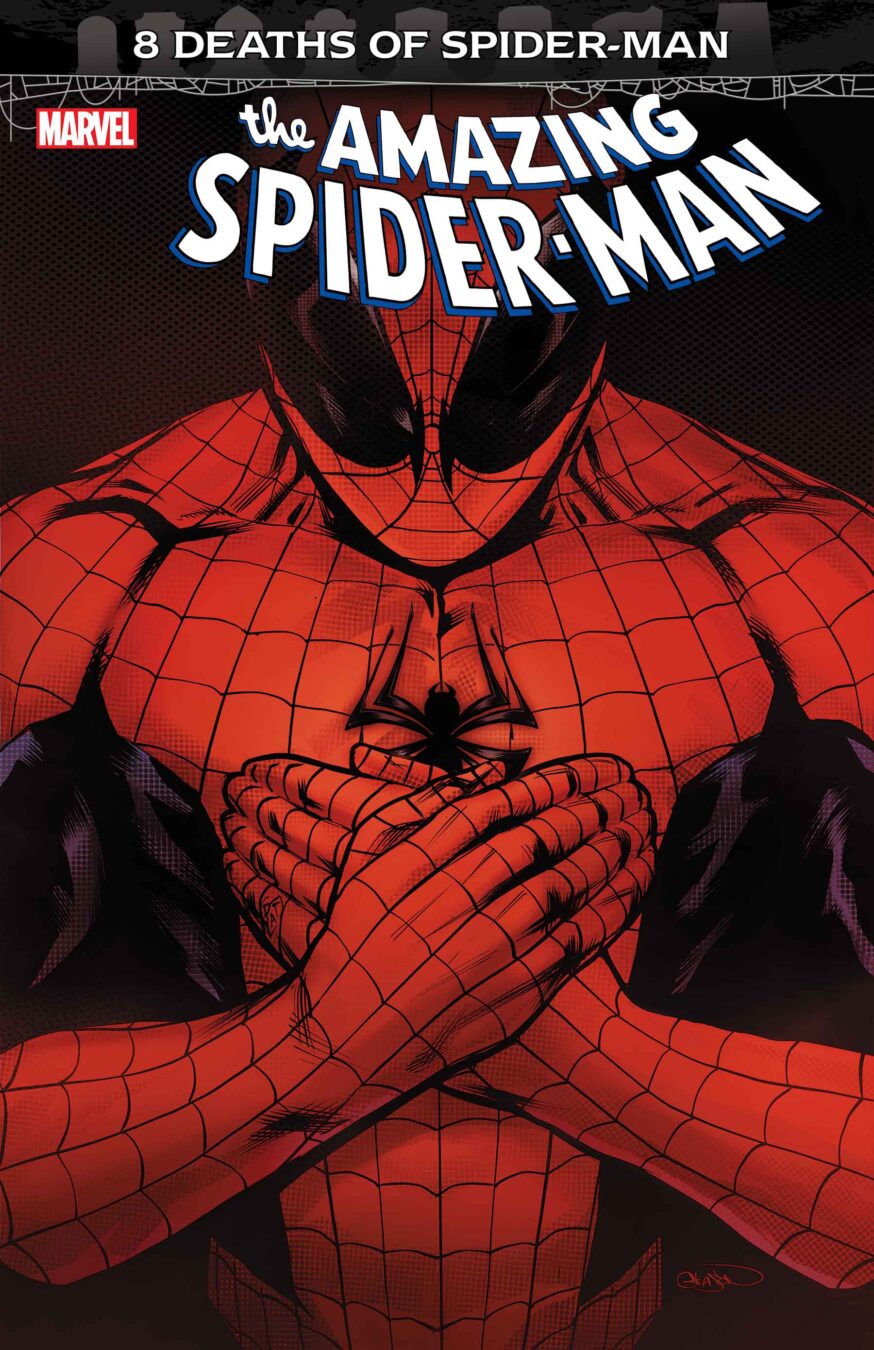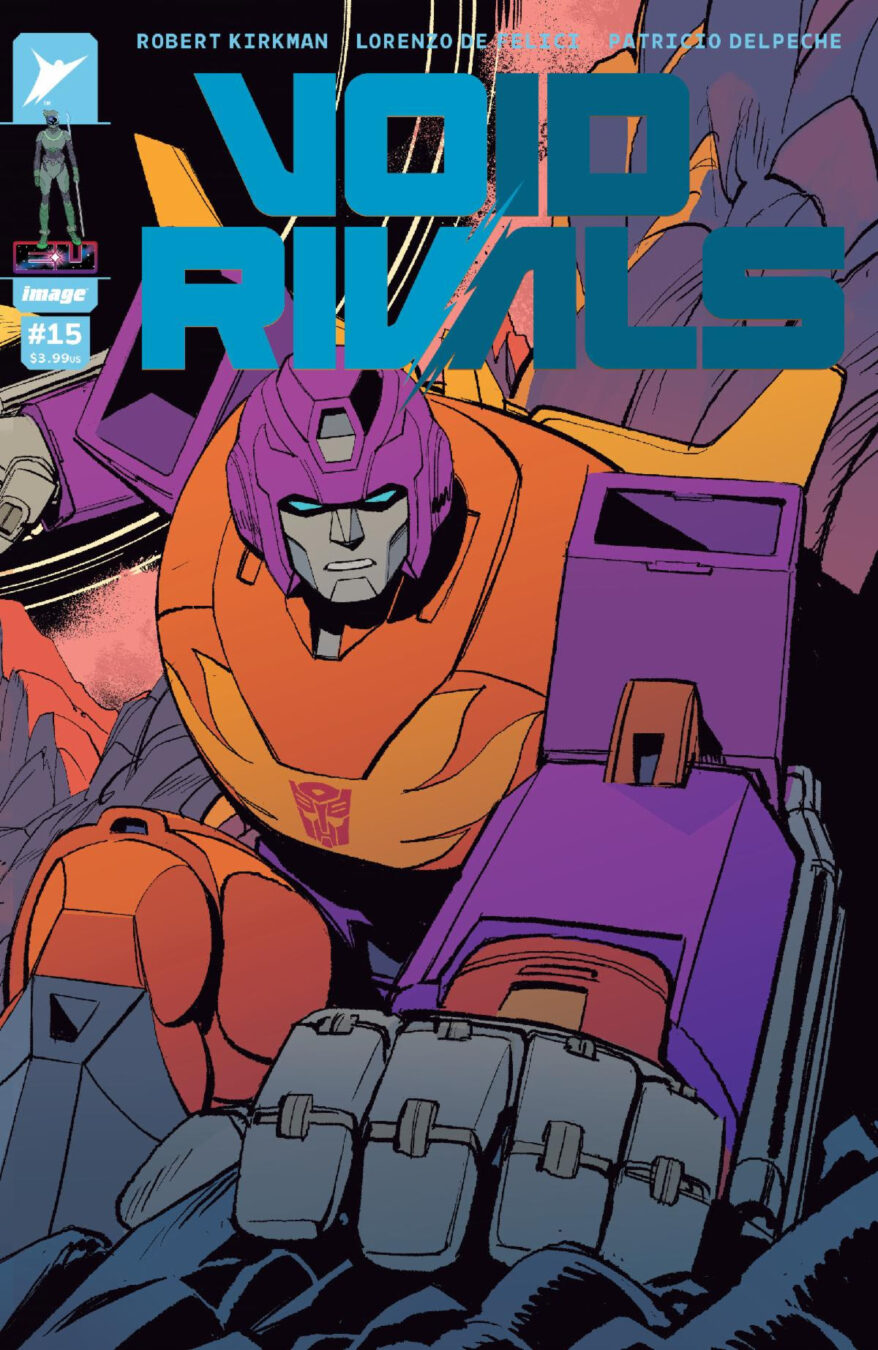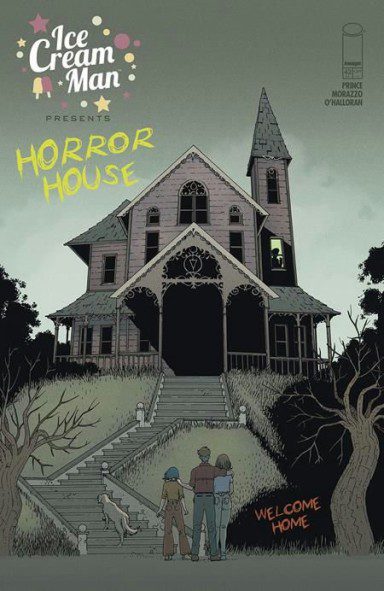
VAULT ANNOUNCES KID MAROON LICENSING AGREEMENT WITH PEP SHEPARD ESTATE
Vault is thrilled to announce they have acquired the licensing rights for Kid Maroon, the legendary 1940’s boy detective comic strip created and drawn by bizarre comics genius, Pep Shepard.
The fascinating history of Kid Maroon and his creator, Pep Shepard, is one of legend in comic book circles. While the details are often debated, one thing is certain: Kid Maroon is one of the most influential cartoon characters of all time, inspiring underground and independent comics for decades.
Pep Shepard began his comics career as an apprentice with newspaper strip legend Irvin Batch in Pittsburgh, guest inking on several Sunday strips in the final years of Batch’s famed “How ‘Bout That?” But once “How ‘Bout That?” was canceled (after the apocryphal “Let’s poison Tommy” story), Shepard found himself without work and enlisted in the Merchant Marines. A dishonorable discharge in ‘39 for public intoxication left Pep out of active service during the war effort and without a job. Shepard soon found himself working for the printing press of the Baltimore Companion in the early 40’s. There in the later hours before the morning edition ran off the slate, Pep began crafting a child detective character loosely inspired by his memories of his brother Alva, but also informed by his growing bitterness toward government services, urban planning in general, and the entire American Idea itself, but also paradoxically, his own paranoid delusions regarding communism.
Shortly after, Shepard was made an assistant in the Funnies Department of the Companion, working under Hal Furtcher and Matthias Lieb as they labored over such forgettable works as “Corn in the Morning” and “Two Way Meat.”
During this period in 1944, Shepard first began exploratory artwork and sketches for what would eventually become “Kid Maroon,” the most well known (and notorious) comic strip associated with his name.
Finally in 1948, after Furtcher & Lieb’s partnership ended when Furtcher shot Lieb in the face (by accident) during a card game, Shepard was given rush approval for his own strip, “Kid Maroon,” which drew on Shepard’s nihilistic outlook, failures as a father (two sons born in ’45 and ’46, Grover and Tris), and his obsessive need to prove that a slingshot could be a lethal weapon in the wrong (or right) hands.
Shepard introduced a slew of iconic villains in his six month run, including Blockhead, Ratfuck (printed as Ratfink at the time), Shit Cop (printed as Crap Cop at the time), Egghead, Woody Gunk, Freddie Flames, and the less-used Mister Kill. Perhaps most famous of them all is the one character created to reflect Pep himself—that of Billy Beans, the hapless but guileless orphan who saw the world in an almost beatific way, much like how Pep aspired to be, despite his growing addiction to codeine and what he referred to as “bathtub laudanum.”
The Kid Maroon strip ran daily. Written, drawn, and lettered (with copy corrections) by Pep, who took to working six days a week at his drawing board, further neglecting his family, which they would later argue was better for them in the long run, given his predilections for loud opera records, corporal punishment, and sudden outbursts of tears. All in all, this incessant work totaled 216 Kid Maroon strips printed in the Baltimore Companion from the spring to fall of 1948.
Kid Maroon became a cult hit, though it was largely ignored by the broader readership at the time — save for reader complaints about its depictions of violence. This perception worsened when it was made public that Shepard kept detailed anatomy books by his work desk to make sure injuries were correctly depicted down to the organs, viscera and muscular tissue shown.
The backlash and lack of broader attention caused Shepard to grow disenchanted with the work quickly. Fortunes went from bad to worse when a cola factory next to the Companion printing press exploded. The cola damage to the archives of primary print work along with the subsequent fire meant that nearly all of Shepard’s printed works were ruined. Only 12 printed strips remain.
But Shepard held onto his own original art. His wife famously pleaded for him to sell the original work, but he would not, as he expected they would not have garnered much money due to the rising tides of the Comics Code and public backlash against the medium. Eventually, Shepard was believed to have buried all his original art boards in a field in South Dakota, location unknown, somewhere around 1951 or 1952. Shortly after, he disappeared.
One- to two-panel fragments of Baltimore Companion strips of Kid Maroon have been known to fetch up to 275,000 dollars in recent auctions. A complete (albeit color-stained and burned) strip was auctioned off in 2006 for 1.4 million. Unauthorized digital scans of this strip can be found on the web. No original art exists. A map to the burial location of the art is thought to reside in a safety deposit box in Livingston, Montana, but this has not been confirmed.
Pep Shepard is believed to have died of exposure somewhere in Northern New Mexico, perhaps near Taos, in the early 70’s, but this remains unconfirmed.
Vault will announce more information on their Kid Maroon offerings later this month.
Author Profile
- I'm Al Mega the CEO of Comic Crusaders, CEO of the Undercover Capes Podcast Network, CEO of Geekery Magazine & Owner of Splintered Press (coming soon). I'm a fan of comics, cartoons and old school video games. Make sure to check out our podcasts/vidcasts and more!
Latest entries
 TV & MOVIESNovember 21, 2024Family Movie Events to Release Holiday Film “Carol” in Theaters Nationwide Dec. 6th
TV & MOVIESNovember 21, 2024Family Movie Events to Release Holiday Film “Carol” in Theaters Nationwide Dec. 6th StreamingNovember 21, 202413 Free Horror Titles on WatchFree+ for November
StreamingNovember 21, 202413 Free Horror Titles on WatchFree+ for November Comic BooksNovember 21, 2024Eisner Award Nominees Christopher Cantwell & Tyler Crook Break OUT OF ALCATRAZ #1 at Oni Press – Coming March 2025!
Comic BooksNovember 21, 2024Eisner Award Nominees Christopher Cantwell & Tyler Crook Break OUT OF ALCATRAZ #1 at Oni Press – Coming March 2025! Comic Book NewsNovember 21, 2024THE X-MEN JOIN SPIDEY’S FIGHT AGAINST CYTTORAK IN UPCOMING CHAPTERS OF 8 DEATHS OF SPIDER-MAN!
Comic Book NewsNovember 21, 2024THE X-MEN JOIN SPIDEY’S FIGHT AGAINST CYTTORAK IN UPCOMING CHAPTERS OF 8 DEATHS OF SPIDER-MAN!






